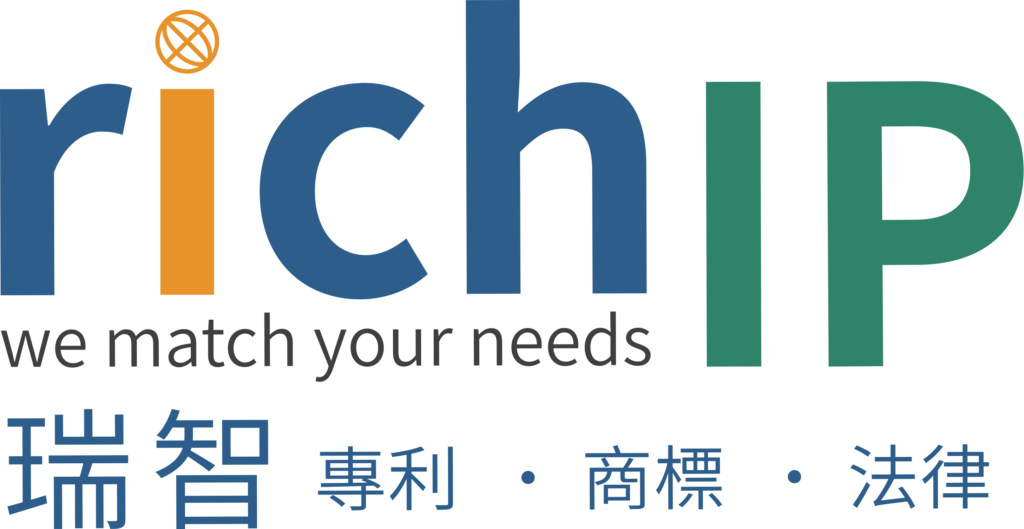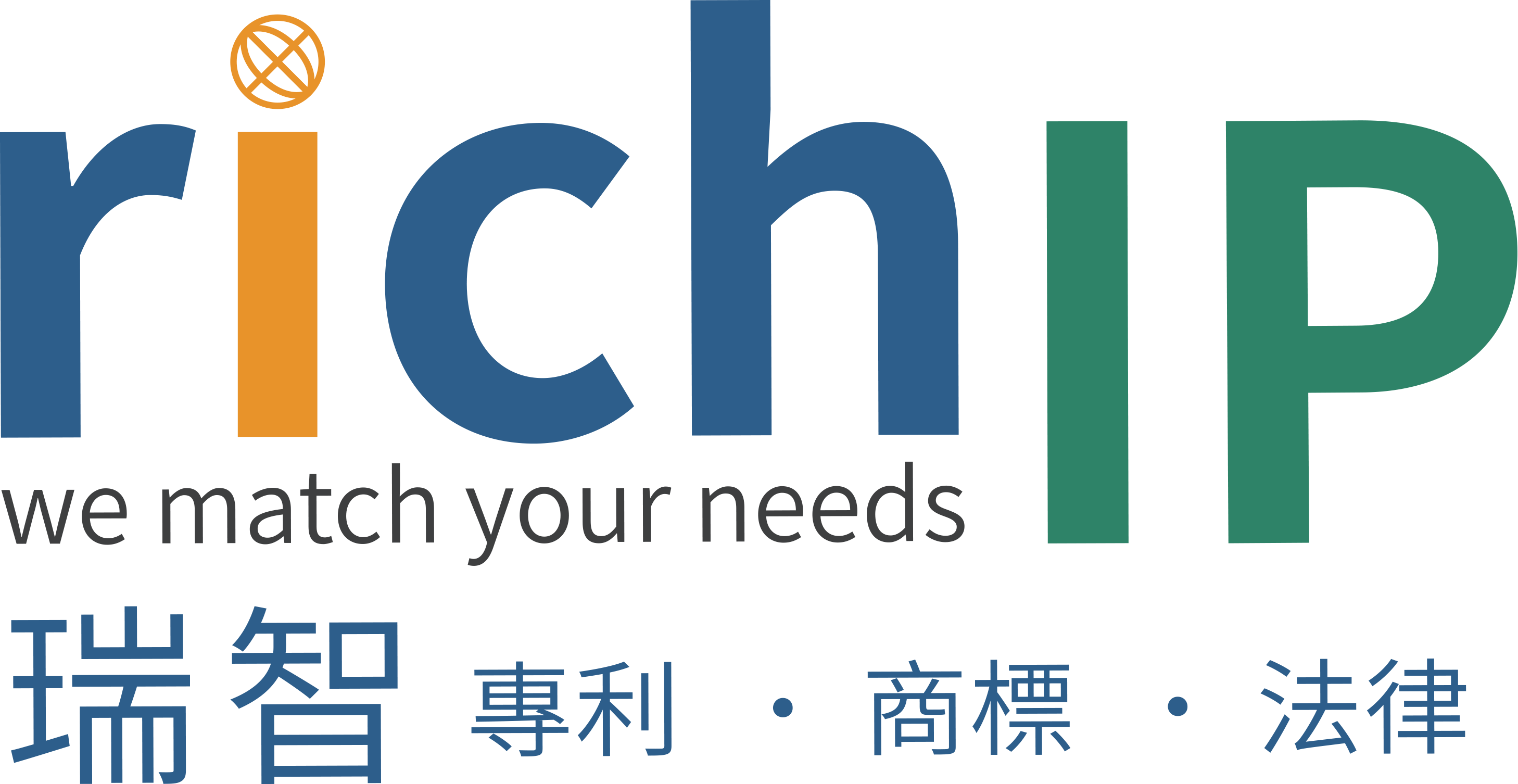News Topics
II.[TW] Industry Collaboration Patent Examination Interview Pilot Program
III.[TW] Priority Document Exchange (PDX) for Design Patent Applications
IV.[US] US Trademark Modernization Act Will Be Implemented
I. Change to Fees of Designating Canada in International Application and Registration of Industrial Designs
After consultation with the Canadian Intellectual Property Office (CIPO), the Director General of World Intellectual Property Organization (WIPO) has modified the amounts of the individual designation fee payable in connection with an international application in which Canada is designated, and in connection with the renewal of an international registration designating Canada, as listed below:
| Individual Designation Fee | Original Amounts
(in Swiss francs) |
Modified Amounts
(in Swiss francs) |
|
| International application | For each design | ₣288 | ₣303 |
| First renewal | For each design | ₣252 | ₣265 |
| Subsequent renewals | For each design | 0 | 0 |
These new amounts will take effect on January 1, 2022.
References
Hyperlink: WIPO’s Announcement
Dr. Cross Liu
Executive Manager of RichIP Group
II. Industry Collaboration Patent Examination Interview Pilot Program
Taiwan Intellectual Property Office (TIPO) has recently announced a new pilot program named “Industry Collaboration Patent Examination Interview Pilot Program,” which will last for one year from November 1, 2021.
Beneficiaries
Any applicant who has filed an invention patent application involving “prospective technologies” and has been notified by the TIPO that the application will undergo substantive examination, but has not yet received any Office Action (examination opinions), can benefit from the pilot program.
Scope of Prospective Technologies
The prospective technologies include, but not limited to, stem cell and regenerative medicine, informatics for medical care, micro-LED display, quantum dot solar cell, neural network, quantum information, 3nm semiconductor fabrication, precision engineering for probe of chip package, twisted bilayer graphene, the third-generation semiconductor material, Artificial Intelligence, Internet of Things, Big Data, blockchain, 3D printing, the fifth-generation mobile network.
Implement details
- Patent examiners may launch an interview ex officio under the pilot program, or the appropriate patent applicants may request the same. In principle, the interview may be requested by a patent applicant for his/her ten (10) invention patent applications every time.
- Individuals well aware of the claimed invention in the concerned application must attend the interview in person or by video.
- The interview will be recorded with necessary information unless patent applicants claims that the interview record will involve their trade secrets.
- In principle, a notification of the examination result will be sent to the patent applicants within six (6) months after the interview is finished.
Takeaway
The new pilot program is a win-win measurement, which can improve the examination efficiency and quality and facilitate the patent applicants to obtain the examination result sooner.
References
Hyperlink: Announcement from TIPO (in Chinese)
Dr. Cross Liu
Executive Manager of RichIP Group
III. Priority Document Exchange (PDX) for Design Patent Applications
1.PDX between Taiwan and Japan
Taiwan Intellectual Property Office (TIPO) and Japan Patent Office (JPO) have built a PDX measurement applicable for Invention Patent Applications and Utility-Model Patent Applications between Taiwan and Japan since December 2, 2013.
On October 30, 2019 TIPO and JPO signed a Memorandum of understanding (MOU) on the PDX to further include Design Patent Applications into the PDX measurement.
Sticking to the plan, the PDX for Design Patent Applications between Taiwan and Japan will come into force since January 1, 2022.
2.PDX between Taiwan and Korea
TIPO and Korea Intellectual Property Office (KIPO) have also built a PDX measurement applicable for Invention Patent Applications and Utility-Model Patent Applications between Taiwan and Korea since January 1, 2016.
On November 12, 2021 TIPO and KIPO signed a MOU on the PDX to further include Design Patent Applications into the PDX measurement.
According to the schedule made by TIPO and KIPO, the PDX for Design Patent Applications between Taiwan and Korea will come into force in July, 2023.
Takeaway
The PDX is a fees-free measurement, and can save time and cost of delivery of paper documents. Thus, applicable patent applicants may make good use of the measurement.
References
Hyperlink: TIPO’s Announcement-Changes to PDX between TW and JP
Hyperlink: TIPO’s Announcement-MOU on PDX for Design Patent Applications
Dr. Cross Liu
Executive Manager of RichIP Group
IV. US Trademark Modernization Act Will Be Implemented
Trademark Modernization Act (TMA) which was codified on December 27, 2020 will be implemented on December 18, 2021. The Act includes the following highlights:
1.New procedures
1.1 Ex parte expungement proceeding
Any party may request cancellation of some or all of the goods or services in a registration because the registrant never used the trademark in commerce with those goods or services. This proceeding must be requested between three and ten years after the registration date. Until December 27, 2023, however, a proceeding may be requested for any registration at least three years old, regardless of the ten-year limit.
1.2 Ex parte Reexamination proceeding
Any party may request cancellation of some or all of the goods or services in a use-based registration on the basis that the trademark was not in use in commerce with those goods or services on or before a particular relevant date. When the underlying application was initially filed based on use of the trademark in commerce, the relevant date will be the filing date of the application. When the underlying application was filed with an intent-to-use basis, the relevant date is the later of the date that an amendment to allege use was filed or the date that the deadline to file a statement of use expired. This new procedure must be requested within the first five years after registration.
2.Changes to existing procedures
2.1 The existing grounds for cancellation of nonuse and abandonment are unaffected by this new expungement ground for cancellation.
2.2 Applicants or registrants must respond within three months to either office actions issued during examination of an application or post registration office actions, but they still can request a single three-month extension of time to respond.
2.3 The TMA provides statutory authority for USPTO to deal with letters of protest that submitted by third parties prior to registration.
Takeawa
Nonuse of trademark will fail to exhibit the value of a trademark and thus induce the risk of cancellation. Accordingly, trademark owners or their assignees should use their registered trademark in commerce actively.
References
Hyperlink: USPTO’s Announcement
Dr. Cross Liu
Executive Manager of RichIP Gro

